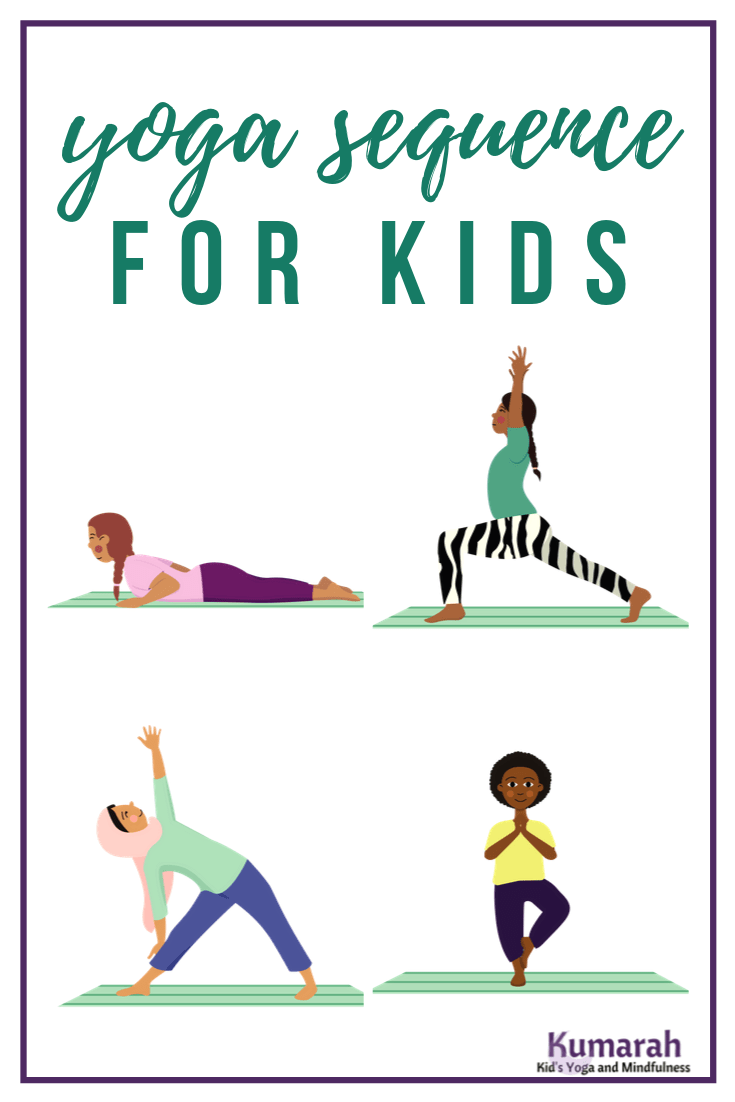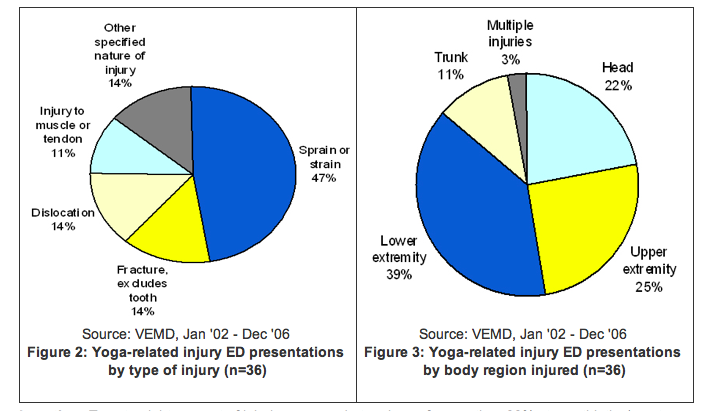
Yoga may help stroke survivors balance better and be more active, according to researchers. According to Stroke Journal, Yoga may help stroke survivors regain their physical and mental health. However, yoga is not a replacement for rehabilitation. Talk to your doctor about yoga and what poses are best for you. This article is designed to provide information on the safety and effectiveness of yoga for stroke patients.
Sitting is one of the best positions for stroke patients. You should keep your hands behind your knees while you are seated. Your right leg should be straight in front of you, while your left leg should be bent behind you. Your hips should align with each other. Hold the pose for five to ten breaths and then repeat on the other side. Be gentle with yourself when practicing the poses. Injuries can occur if you exercise too quickly. An easy pace is the best way to achieve a fit body.

Good practice can also assist with the physical issues that follow a stroke recovery. You can reduce your chances of being disabled for the long-term and keep improving. A stroke can be a serious problem that can cause irreparable damage to your brain. A stroke occurs when blood stops flowing to your brain because of a clot (or ruptured arterial). This causes brain cells to die and no longer receive the oxygen they need to function. This can affect a person's memory and muscle control.
This practice can improve your balance and help you regain your independence and improve your quality of life. Studies show that modified yoga can improve the quality of life and independence for stroke survivors. It's an affordable, effective and cost-effective way to improve motor functions in this population. It can also be beneficial for your own health. It is important you know that the yoga exercises can be performed at home. The benefits of yoga for stroke survivors are far-reaching and may have a profound impact on your quality of life.
Yoga is good for improving your health and also beneficial for stroke patients. Yoga can improve mobility and strength, as well as reduce the risk of cancer and cardiovascular disease. You can live a more productive and longer life by improving your physical health. A stroke is something you need to address immediately. You should consider yoga if you are tired and having trouble sleeping.

This study also aims at improving the quality of stroke patients' lives. Yoga can help improve their balance, as well as their gait. This team studied the benefits of yoga for stroke victims. The researchers found that people who practiced yoga daily had an improvement in their quality of living and their ability move freely. The first thing to do after suffering a stroke is to begin practicing yoga daily. Yoga can help you heal faster than you might think.
FAQ
Do Men Need A Gym Membership?
Men do not need a gym membership. But, if you do join a gym, it will make your money go further.
Many gyms offer free trial memberships so you can try the facilities out before paying for anything.
You can use our gym anytime you like and it's free. Your membership can be cancelled at any time you choose to love it or not.
Is weightlifting more effective at burning fat?
You can lose more fat by weight lifting, but only when you do it in conjunction with cardio.
To maximize the benefits of weightlifting, you need to perform it after cardio workouts.
Weightlifting is a good way to lose weight. It increases your heart beat and oxygen consumption.
If you don't mix it with cardio, your body won't notice significant changes.
Is Cardio Better Than Strength Training?
Both are equally excellent. Cardio is better if you are looking to build muscle faster.
Cardio burns more calories per minute than strength training and burns more fat.
Strength training helps build muscle mass. But it takes longer than cardio to accomplish this goal.
What Is The Best Way To Lose Weight?
Losing weight can be difficult. Many people give up easily because they don't know what to do.
There are simple steps you can take in order to lose those extra pounds.
First, ensure you eat fewer calories that you burn. You will gain weight if you eat more calories than you burn.
The second is to get regular exercise in order burn those calories. You can choose from a variety of exercises such as walking, biking or dancing.
Third, you must stop smoking cigarettes and drinking alcohol. These habits can cause you to consume more calories that you would otherwise.
Fourth, you should cut back on junk food. These can be replaced with healthier options like fruits, vegetables and whole grains.
Fifth, change your lifestyle. For example, you may need to get up early every morning to exercise before work.
Sixth, be disciplined and stick to your diet plan.
Lastly, you can join a gym or attend an aerobics class to burn those excess calories.
You will quickly notice the difference by following these simple tips.
Statistics
- 10 pounds in a month is likely during a lean bulking phase, especially for beginners. (muscleandstrength.com)
- Candidates and applicants must pass all four tests at 70% (minimum level) to graduate from Basic Deputy U.S. Marshal (BDUSM) Training. (usmarshals.gov)
- An estimated calorie range for moderately active adult males falls between 2,200 to 2,800 calories per day, depending on age. (eatright.org)
- According to the American Academy of Dermatology (AAD), men over 50 are at a heightened risk of developing it. (healthline.com)
- By John Thompson Take a whopping 38% off a set of PowerBlock Pros. (menshealth.com)
External Links
How To
How can I burn fat while exercising?
Exercise burns calories through increased metabolism and oxygen consumption.
You'll lose weight safely if you exercise at moderate intensity.
To burn fat while exercising, follow these tips:
-
Cardio exercises can include running, walking, swimming or cycling.
-
You can exercise for 30 mins three times per week.
-
If you want to lose more weight, add strength training to your routine.
-
Avoid doing intense exercises. You can build muscle and not break down muscle tissue.
-
Keep hydrated during exercise. Water flushes out toxins, and keeps your body properly hydrated.
-
After exercising, you should drink low-fat protein drinks. Protein shakes repair muscles and increase energy.
-
You can eat smaller meals throughout the day so that you don't feel hungry in between meals.
-
Don't skip breakfast! Skipping breakfast can lead to fatigue and sluggishness.
-
Take care to your mental well-being. Stressful situations may slow down your metabolism.
-
Keep a positive attitude. Studies have shown that people who are convinced they are overweight gain more weight than those who feel they look attractive.
-
Get enough sleep. A lack of sleep makes it difficult to lose fat.
-
Be active. Keep moving every hour.
-
Maintain a healthy diet. Healthy eating will keep you fuller and more satisfied for longer.
-
Find relaxation techniques. A tense mind doesn't allow your body to release stress hormones that break down muscle tissue.
A balanced diet will provide all nutrients that are necessary for growth.
Six small meals per day is better than three large meals. This allows your body to properly digest what you have eaten.
For strong bones to be maintained, you need approximately 500mg of calcium per day. Calcium can be found as a dairy product such as milk, yogurt and fortified soy drinks, orange juices, cereals, breads, and cereals.
Calcium is found in leafy green vegetables and beans, tofu as well as nuts, seeds, cheese, and seeds.
Vitamin D is necessary for the body to absorb calcium. It's found in fatty fish, egg yolk, and some fortified foods.
Vitamin E is important for skin health. It can be found as a vegetable oil, wheat germ, peanuts or almonds.
Your body requires zinc to function normally and for wound healing. Zinc is found in oysters, legumes, meats, whole grains, and seafood.
Zinc deficiency may cause fatigue, loss appetite, depression, and impaired immunity.
Consuming too much sugar can cause insulin resistance. This causes an increase in blood glucose levels. Insulin resistance causes weight gain.
Insulin resistance is caused by high blood levels of free-radicals. Free radicals are molecules containing unpaired electrons which cause damage to cells membranes.
Most free radicals come from pesticides herbicides, food additives, preservatives smoking, radiation, chemical in cosmetics, lotions and household cleaning supplies.
Free radical damage can cause cancer, heart disease and diabetes, as well as arthritis, asthma, and other diseases.
A well-balanced diet rich in antioxidants is the best way for you to avoid free radical damage. Antioxidants protect against oxidative damage.
Vitamin C can be found in citrus fruits. Beta carotene can be found in carrots. Sweet potatoes. Tomatoes. Carrots. Sweet potatoes. Spinach. Broccoli. Cantaloupe. Vitamin E is found in nuts. Olive oil, avocados.
Selenium, copper and manganese are all antioxidant nutrients.
Selenium protects cells from free radical damage. Selenium is also found in Brazil nuts.
Copper protects the eyes, brain, lungs, liver, and red blood cells. Copper is found in shellfishes, poultry, meat, organ meats, and other foods.
Manganese is an essential component of bone structure. Manganese can also be found in oatmeal, brown rice, spinach and bananas.
Zinc is essential for normal growth, reproduction, wound healing, and average growth. Zn can be found in lean cuts, white fish, poultry, eggs, and other foods.